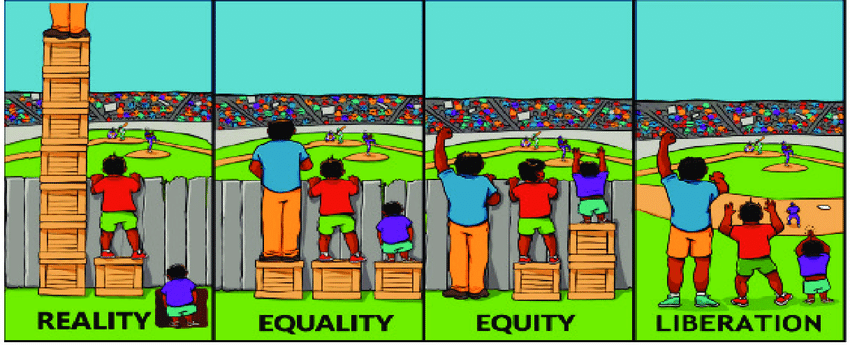
In the framework of social justice, equity is a compassionate response to meeting the specific needs of individuals and communities.
Equity-based Pedagogies considers a variety of ways to meet the needs of diverse students through the why, what, and how of teaching.
Examples of Equity-Based Pedagogies and Related Theories
Critical Race Theory
Culturally Sustaining (and Culturally Responsive) Pedagogies
Trauma-Informed